Reference Points & Rules: Managing Fisheries for the Future
International agreements provide principles and guidance for the management of highly migratory fish stocks, including support for reference points-based management. Seventy States and the European Union have ratified the United Nations Fish Stocks Agreement of 1995. The treaty calls on States to take a number of steps, including to “… determine, on the basis of the best scientific information available, stock-specific reference points and the action to be taken if they are exceeded…” Now is the time to put those steps into practice.
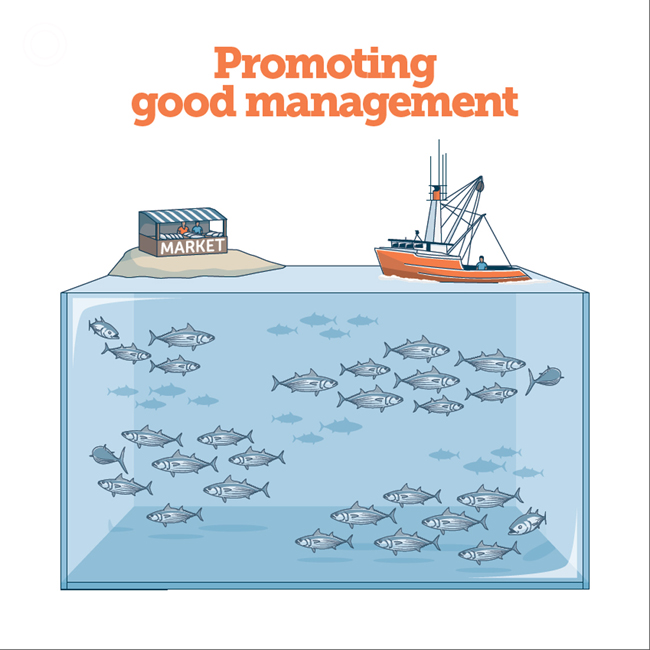
In a world of natural variability, scientific uncertainty, and political influence, fisheries management requires a system of limits, targets, and rules that together allow managers to act swiftly and efficiently to prevent catch from exceeding sustainable limits. That would ensure the health of the resource and maximize the long-term profitability of the fishery. Such protocols, called harvest control rules (HCRs), are based on what are known as reference points and are the future of sustainable fisheries management.
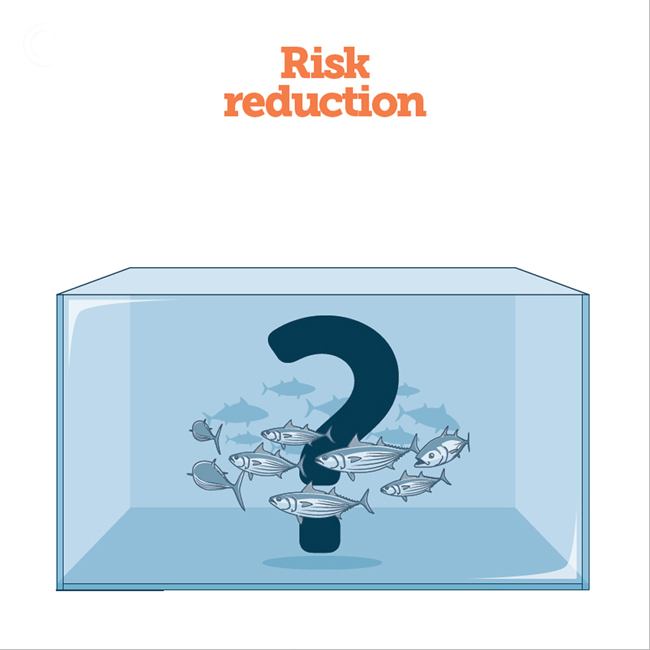
Uncertainty is inherent in fisheries management. How many fish are there? Are current conditions optimal for the survival of young fish? At what age do these fish mature? Is illegal fishing occurring? Not knowing the answers to these questions introduces risk into fisheries management. Managers can offset this risk by using reference points, or benchmarks against which to measure the health and performance of fisheries.
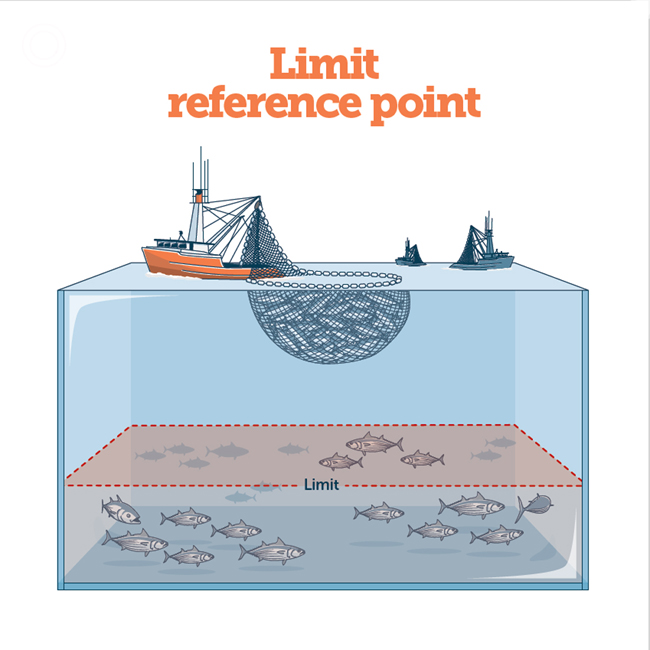
Limit reference points define the beginning of the danger zone for a stock, the point beyond which fishing is no longer sustainable, and therefore a state that should be avoided. The limit is almost always based exclusively on the biological characteristics of the stock. International fisheries agreements define limit reference points as “constrain[ing] catches within safe biological limits” and call for the risk of exceeding them to be "very low."
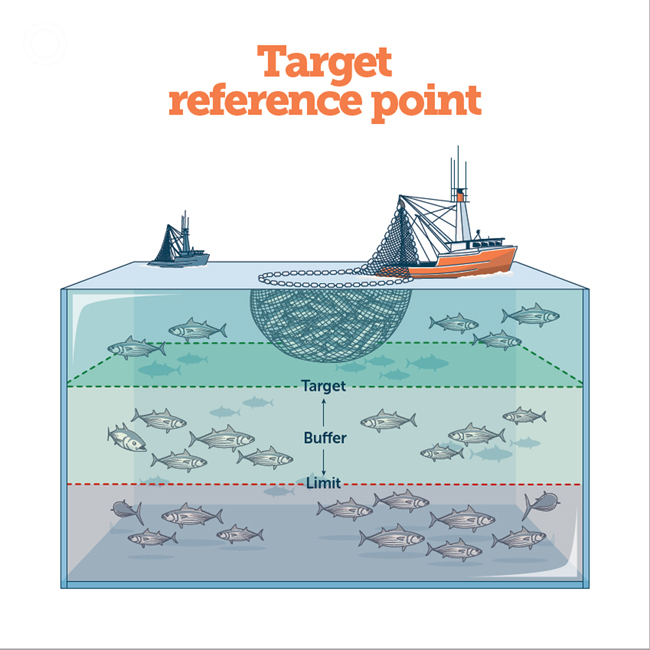
A target reference point identifies the ideal level of fishing, using a measure that can quantify catch or biomass and factor in a buffer to avoid the danger zone. The target should be based on the biology of the stock, as well as ecological, social, and economic considerations. It should be conservative to ensure that managers have a comfortable buffer zone to account for uncertainty. The buffer between targets and limits should be larger for more biologically vulnerable stocks and cases of greater uncertainty.
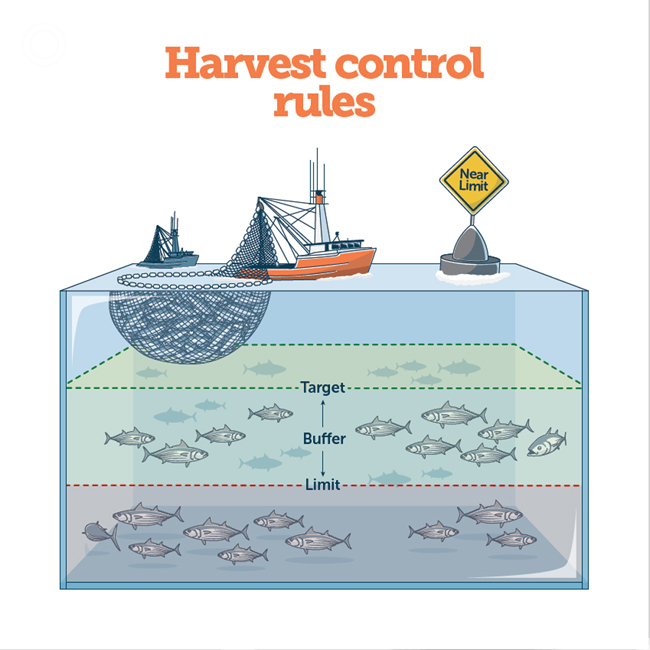
Harvest control rules provide an automatic management response when a reference point is reached. A pre-agreed set of management responses to various triggers ensures a rapid response so that limits are not exceeded and makes management more predictable for industry. The process for adopting the rules should be transparent and science based. Simulation tools can be used to help managers evaluate the potential effects of various management scenarios.











